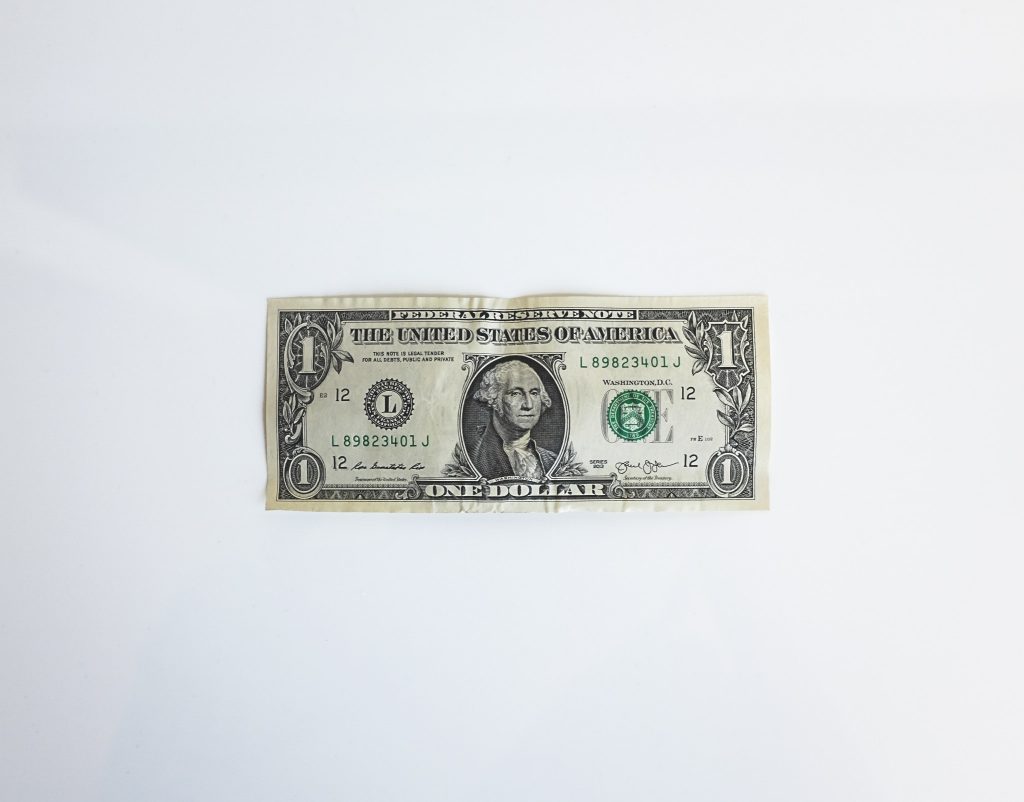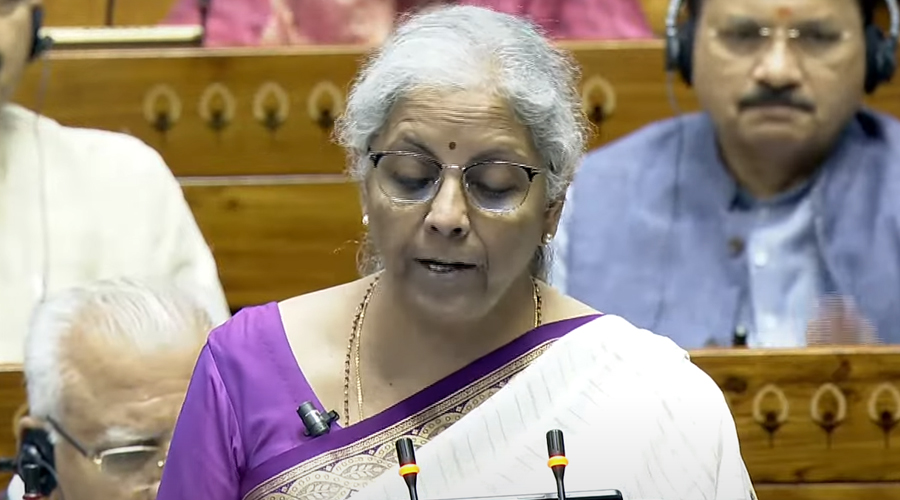
A word known as petrodollar has been used to denote the US dollar’s hegemonic status in global oil trading. Since the United States and Saudi Arabia struck a deal that designated the dollar as the currency for oil transactions, the term petrodollar gained existence in the 1970s.
Countries that wanted to buy oil from the Organization of the Petroleum Exporting Countries (OPEC) were required to do so using US dollars under this arrangement, sometimes known as the petrodollar system. The need for countries to hold dollars in order to buy oil resulted in a persistent demand for dollars in the global economy.
The system which has aided in keeping the dollar’s position as the world’s reserve currency has had a considerable impact on the world economy. The mechanism has also provided the US with some sway over OPEC nations, enabling the US to pressure OPEC through its control over the dollar flow.
However, the petrodollar system has recently faced some difficulties. Some nations have tried to trade oil in currencies other than the US dollar, especially those countries that are big oil producers. Concerns over the future of the petrodollar system have also been raised by the growth of cryptocurrencies and their potential use as a medium of international trade.
Furthermore, the shift towards renewable energy could also lead to the development of new currencies for trading energy. For example, a global carbon currency could emerge, which would provide an alternative to the US dollar as a reserve currency for international trade. So what is its impact in third-world countries like Nepal?
Impacts on the third world
The impact of the petrodollar system on third-world countries or developing countries like Nepal can be both positive and negative.
On the positive side, it can be a source of foreign aid or investment for them. Some countries such as Saudi Arabia that earn petrodollars have established development funds to provide financial assistance to other countries. In addition, petrodollar investments in third-world countries can create jobs, transfer technology and skills and stimulate economic growth.
However, the system can also have a significant negative impact on developing nations. Dependence on oil and gas exports might cause financial instability and volatility, which could have a negative impact on the world economy. Third-world countries can also be affected by changes in the price of oil because they frequently have to pay more for their imports, which can lead to trade imbalances and inflation.
Additionally, the influx of petrodollars into some third-world nations can exacerbate political unrest and corruption due to the money that is occasionally misapplied or unequally dispersed as a result of oil exports.
The global oil market, the nature of the relationship between the countries, the governance and economic policies of the countries, and other elements all play a role in the complexity and variety of the influence of the system on such countries.
Petrodollars have an indirect effect on Nepal because it is not a significant player in the world oil market and neither produce nor export oil. Yet, Nepal is an oil-importing nation and significantly depends on oil imports to meet its energy demands. As a result, petrodollar-related issues like changes in oil prices and exchange rates might have an impact on Nepal.
What is the future of petrodollars?
The future of petrodollars is uncertain, and it is difficult to predict what will happen in the long run.
Although the US dollar has long enjoyed a privileged position in the world’s oil trade, several factors suggest that this dominance could one day be challenged. The advent of alternate payment options like virtual currencies, the escalating competition from other currencies and the decline in oil prices are a few of them.
In addition, as other countries like China and Russia continue to expand their influence on the political and economic fronts, they might try to threaten the US dollar’s hegemony in international trade. As other currencies like the yuan and the ruble are used more frequently in international trade, the demand for dollars on the global market may drop.
However, it is important to keep in mind that the US dollar continues to dominate international economies and that the petrodollar system is firmly established in the global oil markets. The switch from the petrodollar to other currencies is predicted to be slow and gradual.
Despite the uncertainty surrounding the petrodollar’s future, it is likely that the US dollar will continue to dominate international trade in the near future. However, if other currencies and payment methods become more widely used, the dominance of petrodollars may someday be in jeopardy.























